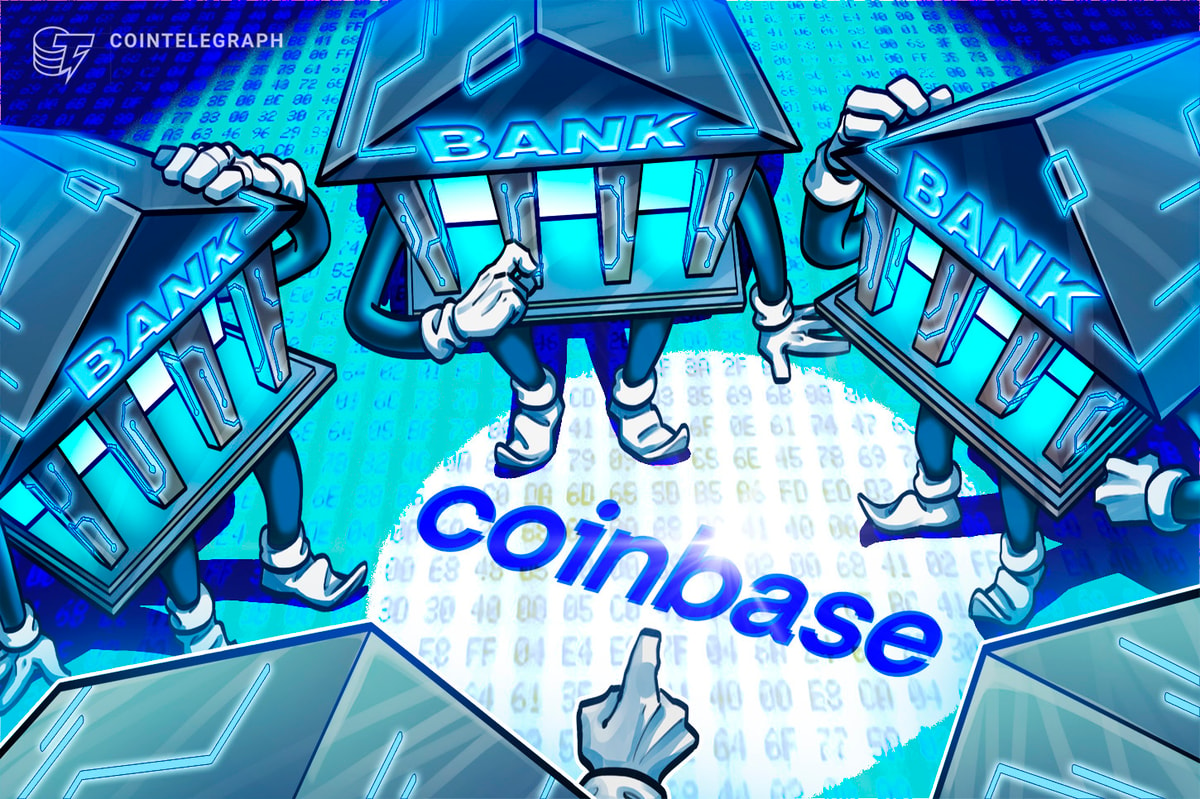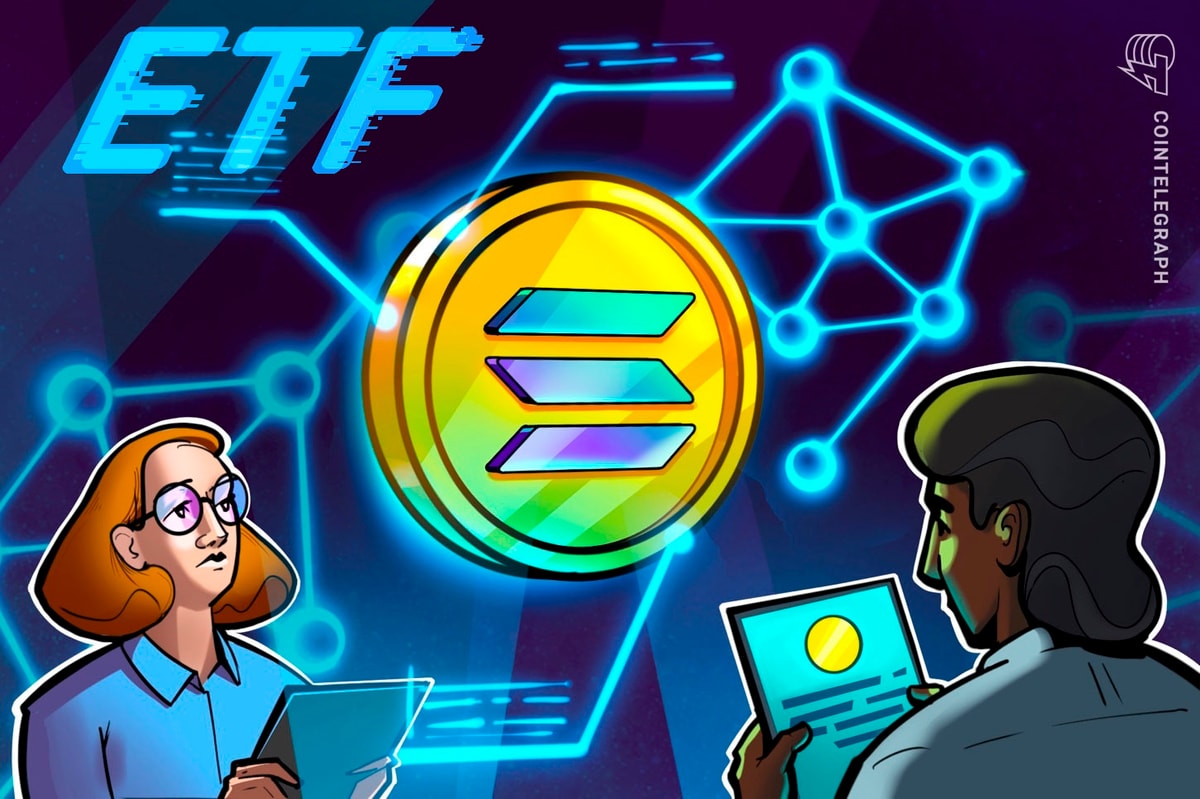The creator behind the layer-2 has unveiled a proposal to transform its $ZK token from a governance instrument into a token with real economic utility.
Nov 4, 2025, 6:43 p.m.
The creator behind the Ethereum layer-2 network ZKsync has unveiled a proposal to transform its $ZK token from a governance instrument into a token with real economic utility.
A new proposal, “From Governance to Utility: ZK Token Proposal, Part I,” published Tuesday by Alex Gluchowski in the ZKsync community forum, outlines how network usage and enterprise licensing could directly feed value back into the token’s economy.
The move could shift how ZKsync’s ecosystem will generate and distribute value. Instead of $ZK functioning purely as a governance token, the proposal would make network activity, like interoperability and enterprise use, directly influence its economy.
The proposal argues that the network’s growing ecosystem, which now includes modular chains, private “Prividium” networks and a cross-chain interoperability layer known as the Elastic chain, needs a token model that evolves with it.
“The ZK token began as a tool for governance.” the post says. “Through governance, it can now become the heartbeat of an incorruptible economy.”
Under the plan, ZKsync would introduce two main revenue streams. The first would come from on-chain interoperability fees, charged when users move assets or messages between the rollups in the ecosystem. The second would be off-chain licensing revenue from enterprise tools, such as compliance or reporting modules tailored for institutions building on the protocol.
Both revenue sources would flow into a governance-controlled mechanism that buys back $ZK tokens from the market.
Those purchased tokens would then be allocated toward three uses: burning to reduce supply, staking rewards for decentralized operators, and ecosystem funding to support developers and public goods. The proposal emphasizes that all parameters — from fee levels to distribution ratios — would be set through community governance rather than by the core team.
By tying usage directly to economic outcomes, zkSync hopes to create a self-sustaining loop in which activity generates revenue, revenue supports the token, and the token in turn secures and funds the network.
According to CoinMarketCap, the ZK token is down 54% over the past year.
Still, major questions remain. The proposal doesn’t specify fee sizes, buyback schedules or how emissions will be managed, details expected in later installments.
Read more: UBS Tests ZKSync's Layer-2 Tech, Showing Deeper TradFi Interest in Crypto
AI Disclaimer: Parts of this article were generated with the assistance from AI tools and reviewed by our editorial team to ensure accuracy and adherence to our standards. For more information, see CoinDesk's full AI Policy.
More For You
Inside Zcash: Encrypted Money at Planetary Scale

A deep dive into Zcash's zero-knowledge architecture, shielded transaction growth, and its path to becoming encrypted Bitcoin at scale.
What to know:
In 2025, Zcash evolved from niche privacy tech into a functioning encrypted-money network:
- Shielded adoption surged, with 20–25% of circulating ZEC now held in encrypted addresses and 30% of transactions involving the shielded pool.
- The Zashi wallet made shielded transfers the default, pushing privacy from optional to standard practice.
- Project Tachyon, led by Sean Bowe, aims to boost throughput to thousands of private transactions per second.
- Zcash surpassed Monero in market share, becoming the largest privacy-focused cryptocurrency by capitalization.
More For You
U.S. Sanctions North Korean Bankers Over Crypto Laundering Tied to Cyberattacks

The Treasury Department sanctioned eight individuals and two entities accused of using crypto and shell companies to funnel millions into Pyongyang’s weapons programs.
What to know:
- OFAC says North Korean actors laundered at least $5.3 million in digital assets through sanctioned banks, part of a broader $2 billion stolen in 2025 alone, according to blockchain firm Elliptic.
- Treasury and previous CoinDesk reporting highlighed the DPRK’s use of AI-driven hacking tools, alongside malware and social engineering, to target crypto firms and exchanges.
- Newly sanctioned entities including First Credit Bank, Ryujong Credit Bank, and Korea Mangyongdae Computer Technology Company (KMCTC) allegedly used Chinese and Russian intermediaries to disguise crypto flows funding North Korea’s weapons programs.
.png)
 3 hours ago
2
3 hours ago
2




